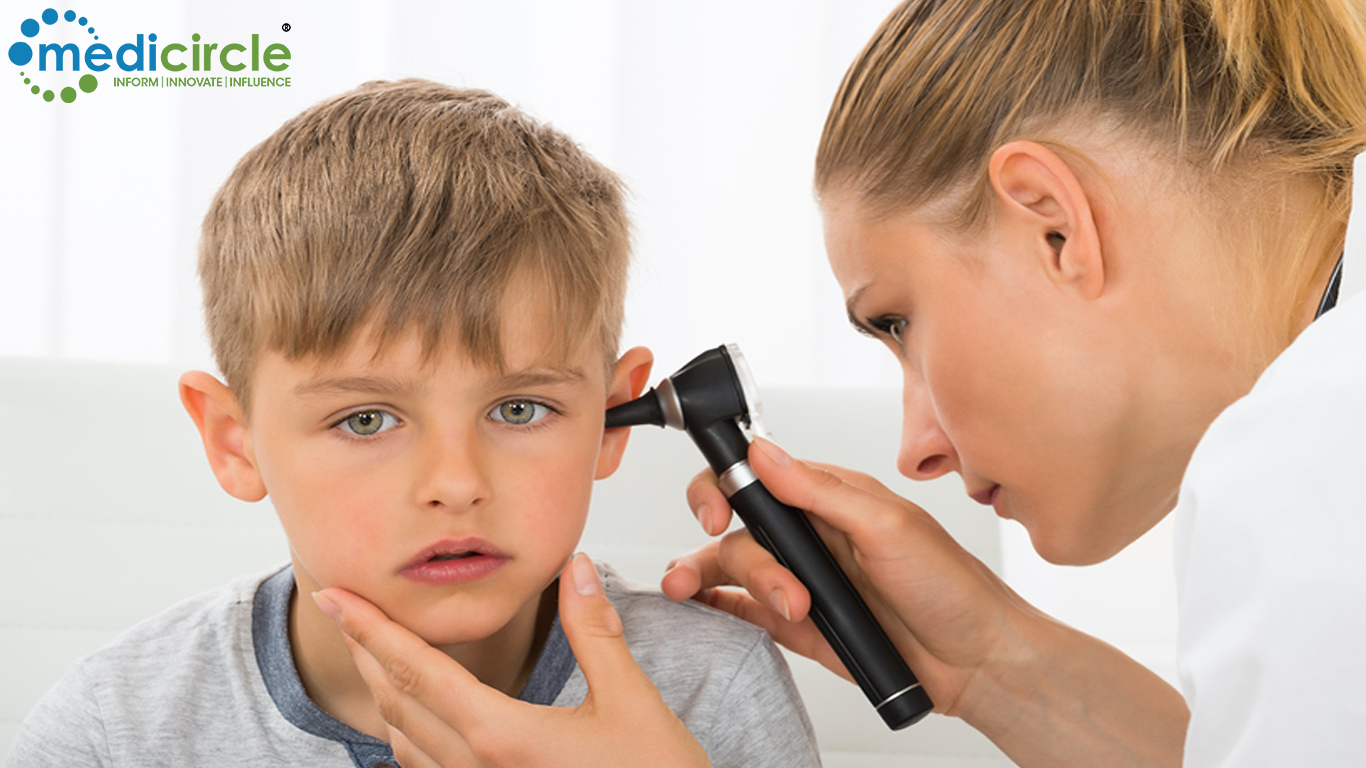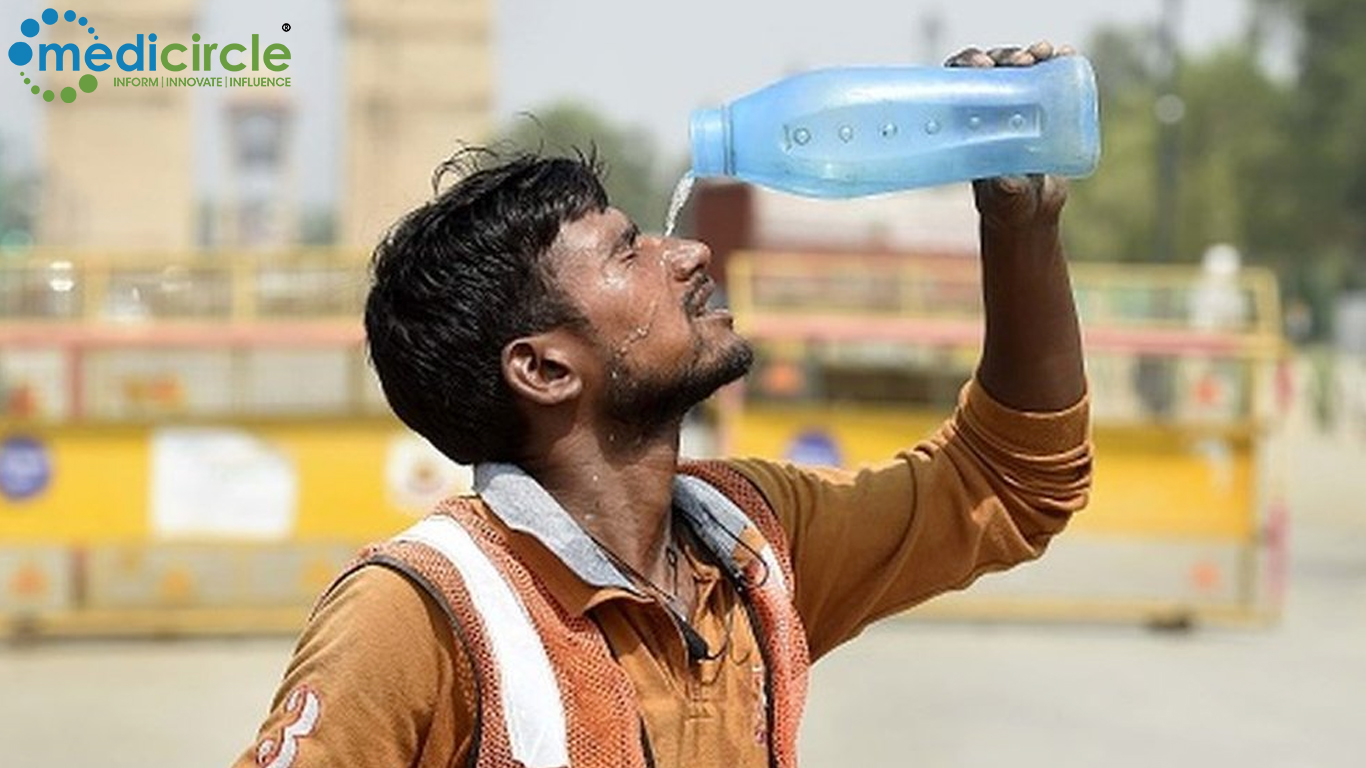The sexbot industry should include older adults with disabilities in the design and marketing of its products, to support their emotional health and wellbeing and help counter ageism and stereotyping, argues an ethicist in the Journal of Medical Ethics.
The physiological changes of ageing and increasing vulnerability to conditions, such as cardiovascular disease and arthritis, can interfere with sexual activity, but they don’t eliminate older adults’ sexual feelings or desires, maintains Dr Nancy Jecker of the University of Washington, Seattle.
She cites a landmark 2007 study of older US adults which showed that more than half (53%) of 65–74-year-olds were sexually active, as we're more than a quarter (26%) of 75–85-year-olds.
Yet older age sex is often neglected by healthcare professionals and ridiculed and stigmatised by society in general, she suggests.
“Given ageist attitudes toward old age sexuality, it should come as no surprise that sex robots are generally not pitched to older people with disabilities. Instead, the current sex robot industry is focused on young, able-bodied, male clientele,” Dr Jecker points out.
“Designing and marketing sex robots to older disabled people would represent a sea change from current practice.”
But sexual desires are fundamental to a sense of what it is to be human to which everyone is entitled, she says. To enable their expression is integral to human dignity and respect.
Critics of the sexbot industry say that it merely promotes idealised female beauty and the objectification of women and endorses prejudice; that rather than solving problems, it is creating them, she acknowledges.
But sexbots for older people could not only help to generate a powerful counter-narrative to pervasive societal ageism, but they could also promote and maintain good health, she suggests.
“Research demonstrates a positive correlation between general health and sexual partnership, frequency of sexual activity, good quality sex life, and interest in sex among middle-aged and older-aged adults,” she explains.
“With assistance, older adults can continue to be sexual in ways they value, including sustaining sexually intimate relationships, deriving pleasure from sexual activity, and preserving high-quality sexual lives.
“Just as service robots are being designed to assist older individuals with functions such as eating, dressing and bathing, they might be designed to assist with social functions, serving as sources of affiliation and sexual partnership,” she suggests.
Ultimately, sexbots could provide a vital lifeline to intimacy and connectedness and help to dispel loneliness and isolation, the scourge of many older people’s lives, she believes.
“Older people suffer disproportionately from disabilities that interfere with their sexual capabilities. When this occurs, they often do not receive the support they need to maintain sexual function,” she writes.
“Not only do older adults face ageism and ableism in the communities in which they live, but also healthcare professionals typically do not broach the subject of sexuality, and medicine is peppered with examples of ageist beliefs about later-life sexuality.”
She concludes: “...the non-voluntary absence of sex from someone’s life is not just a bad thing but also a threat to a person’s identity and dignity.”

 Sexual fulfilment of this group important aspect of self-expression, health and wellbeing
Sexual fulfilment of this group important aspect of self-expression, health and wellbeing



























.jpeg)






